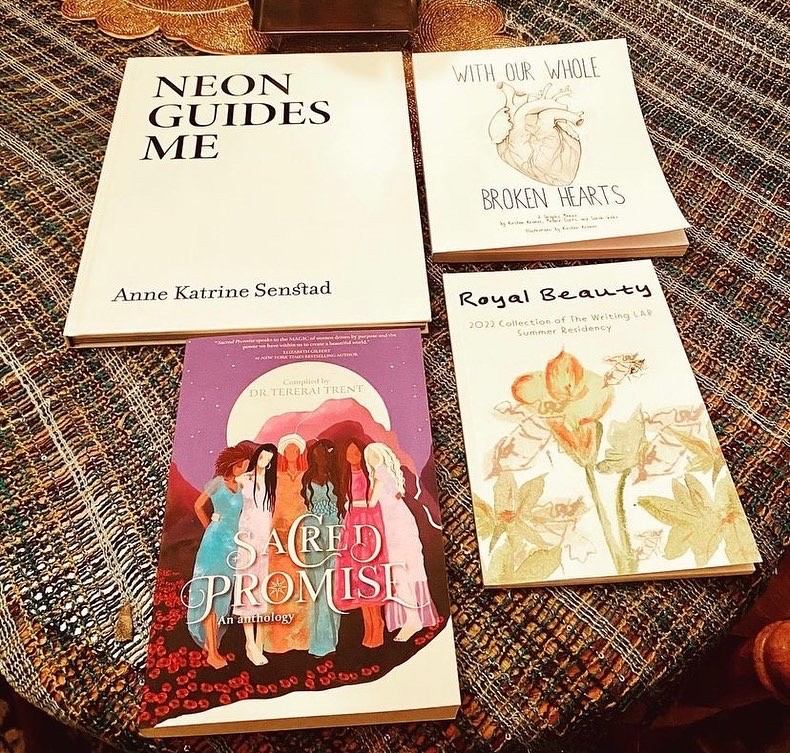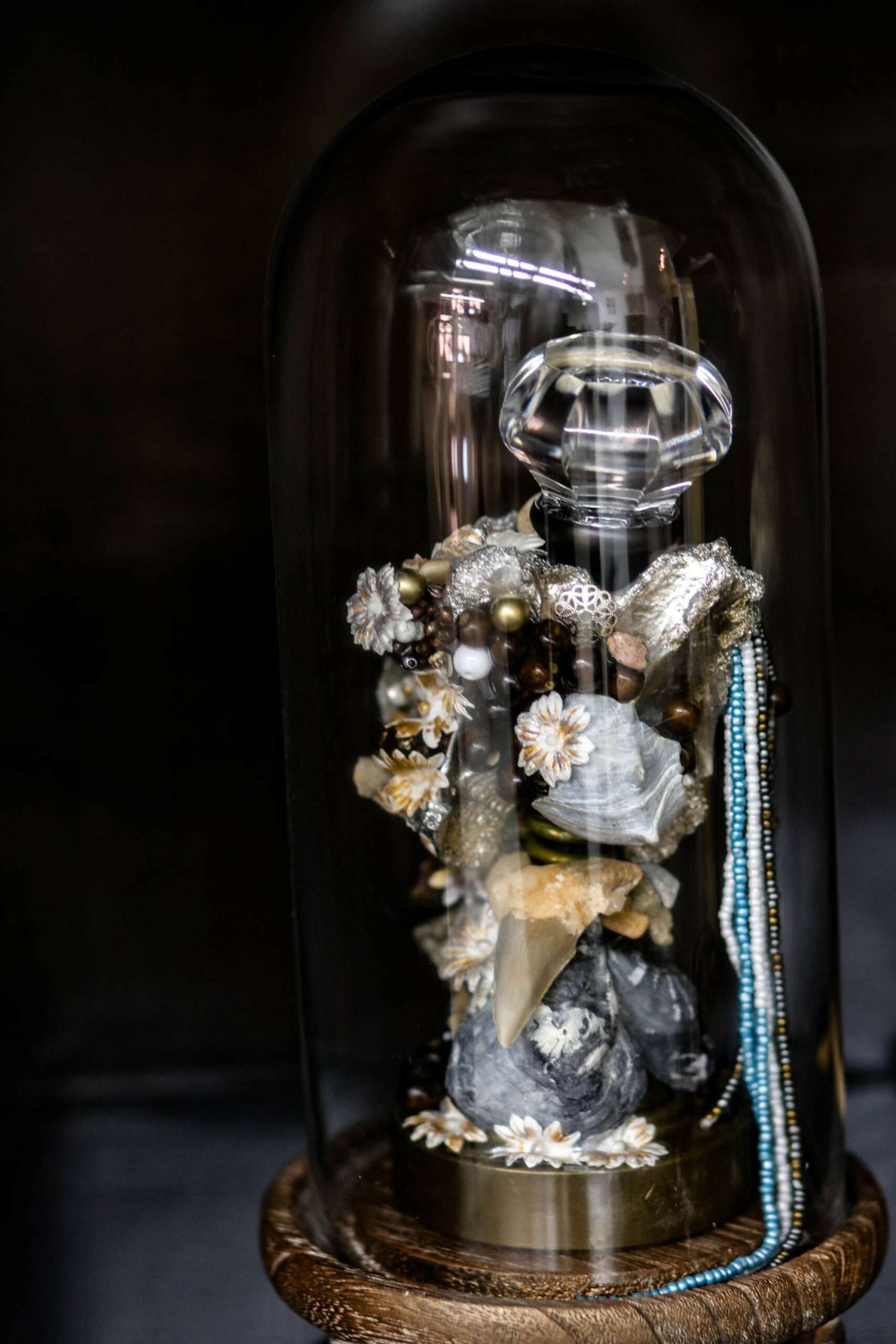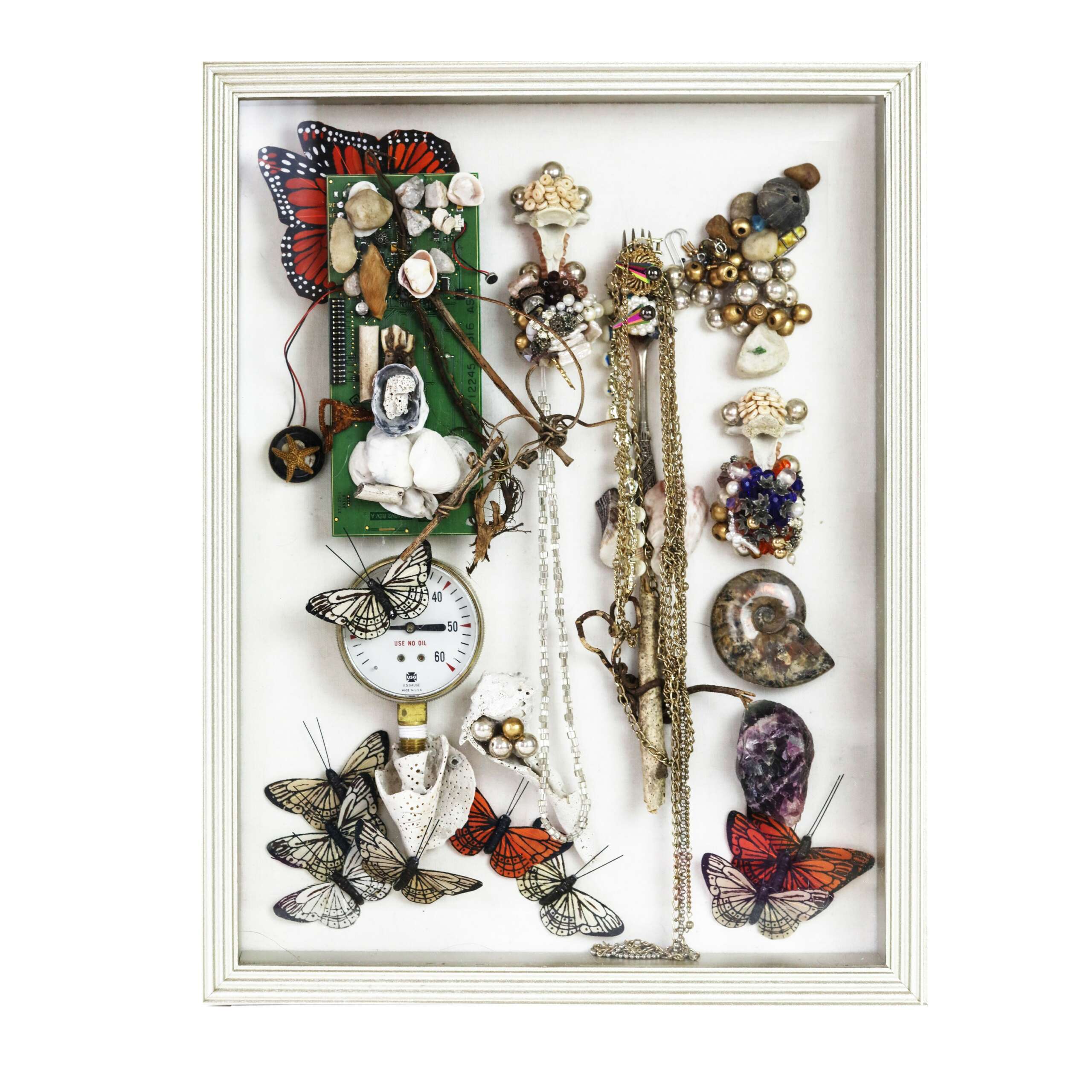We were lucky to catch up with Sarah Walko recently and have shared our conversation below.
Hi Sarah, thanks for joining us today. We’d love to hear about a project that you’ve worked on that’s meant a lot to you.
Meaningful projects are at the center of my life as both an artist and as a director in the arts. I feel very strongly that the arts are a kind of superpower, an adaptive, ever innovative tool and experiential asset for the world. I think you can take any challenge we are facing from climate change to systemic oppression and apply artists and art to explore and create based on that challenge and you will come away with a fuller picture of the complexity and deeper empathy and understanding and those things in themselves inspire action. I think the arts elevates us to our shared humanity and celebrates difference. The arts have an inherent healing modality in them but the superpower is how they are able to go past healing and restoration and into vision, joy, justice, creation of other worlds. In my personal studio work I address our relationship with nature and culture and mythology – aiming to bring about a language of what author Sophie Strand calls “the animate everything.” My process of collecting in nature before bringing pieces and parts into the studio and it’s an incredibly meaningful part of the process, quietly looking, listening and feeling stories in a landscape. In my job as a director, the artists I work with are multidisciplinary – visual artists, dance, theater/drama and music – and the programs serve a wide range of ages and abilities from 3-year-olds to older adults. It’s consistently powerful to see how much we all need the arts at all ages and stages. It’s a birthright and it’s a tool for resilience and it brings out the meaning in our lives and relationships to ourselves, others and our environments.


Great, appreciate you sharing that with us. Before we ask you to share more of your insights, can you take a moment to introduce yourself and how you got to where you are today to our readers.
I’m originally from Pittsburgh and I’ve been making art and writing since I was a little girl. I was always so drawn to the worlds created by the imagination. I studied art in both college and graduate school and towards the end of my graduate school I began curating exhibitions and made a specific decision that I didn’t want to rely on my artwork to make my living because I didn’t want the pressure of sales, etc. to determine in any way what I wanted /needed to make. I also decided that if I was going to have a job, it would have to be a job working with artists and the arts. So that began my now 16-year career as a director of arts organizations. I’ve been an institutional curator, director of several residency programs and more recently have gotten more and more interested in community engagement and the place where the arts intersect directly with the public and its role at that intersection. I am currently the Director of Visual and Performing Arts at the Lenox Hill Neighborhood House, widely recognized as one of New York’s premier human services providers. It is a 125-year-old organization that provides an extensive array of effective and integrated support—social, educational, legal, health, housing, mental health, nutritional and more —which significantly supports the lives of thousands of people in need each year, ages 3 to 103, in Manhattan. The headquarters, early childhood care center and one adult care center are on the upper east side, but they have several locations around the city including the Women’s Mental Health Shelter in the Park Avenue Armory, a permanent supportive housing residence for formerly unhoused adults in East Harlem, and a care center in East Midtown. It is a wrap-around support organization, and the arts are completely interwoven and embedded into ALL of it. It is the working model of art not as a thing but as a WAY and art as a key component and contributing factor to a healthy society. My role as a director fulfills me in living aligned with my values and Ava DuVernay so perfectly says “If your dream only includes you, it’s too small.”
Alongside of my journey as a director I’ve never stopped being active in my own studio practice as a visual artist. I create sculptures, installations, films and writing and continue to regularly show and publish my work. My exhibitions have included: Between the Feast and the Ground is Where We Live Now, a solo exhibition on Governors Island, Urban Reverence at Valerie Goodman Gallery and the Voelker Orth Museum in New York, Raising the Temperature at the Queens Museum of Art, and Preternatural at The Museum of Nature in Canada among many others. I’ve participated in many artist residency programs and been a visiting artist both exhibiting and lecturing at many colleges. I’m also a contributing writer in three published anthologies: Sacred Promise (Women Changing the World Press), Neon Guides Me: A Monograph on Anne Katrine Senstad (Praun & Guermouche) and Royal Beauty (Arts by the People) and a self published graphic memoir With Our Whole Broken Hearts co authored with Kirsten Kramer and Melanie Curtis.
My work in the studio focuses on the relationship between nature, culture and the mythologies that we tell about this relationship. As a collector, maker and arranger of objects both organic and archaic, I create environments where ephemera from the natural world meet antiquities of a mystical science to tell stories or suggest talismans. I’m interested in the stories contained within and between objects that take on new significance through their proximity and relationships to one another. My work is about the divine side of nature, of the power of imagination, myth, dream and vision and is also inspired by literature and storytelling structure. In my installations I aim to create experiences that allow one’s perceptions to shift from the historical, to the narrative, to the scientific, to the alchemical and to the magical. I’m very influenced by literature and storytelling, climate change fiction, poetry and magical realism.

In your view, what can society to do to best support artists, creatives and a thriving creative ecosystem?
I think first of all, society needs to shift any kind of thinking that art is not essential to our well-being. It is where we thrive, both individually and collectively. Artists need to be valued and not just for what they produce but simply who they are, cultural change makers, cultural investigators, cultural truth tellers and visionaries. Once that is fully understood and accepted it makes them so invaluable to be in every room and discussion. Artists, who have committed their lives to imagination, have an incredible muscle of vision to contribute to any discipline. I think artists are also creative bridge builders and do great work linking disciplines and systems as well. To support artists is to invest in their work through not just monetary support, although that is absolutely needed, but through community support – visiting their studios, going to their openings, offering them exhibitions and opportunities. I think society can support creatives by allowing them a creative work environment and understanding what the creative muscle needs to thrive for the best results. And that ties into the creative ecosystem directly – that all members of a team for example are always recognized for the assets they bring, and the leadership or partners then do what they can to make sure it is those assets that are being supported and activated and it is an interdependent ecosystem of people with diverse gifts that really creates the magic in the world.

Are there any books, videos or other content that you feel have meaningfully impacted your thinking?
There are so many! The Gift by Lewis Hyde is a real bible of mine. One Hundred Years of Solitude by Gabriel García Márquez and many of his books really led me into the exploration of magical realism. I was influenced by the film work of Alejandro Jodorowsky and also, in early years, many surrealist artists and writers. I was very influenced by a Dutch visionary, mystic and poet named Hadewijch and her witchy 13th century writings. Also, other poets like Edna Saint Vincent Millay and Anne Carson. I’m influenced by a lot of nonfiction writers too like Rebecca Solnit, Rachel Carson and more recently Sophie Strand. I was very influenced by mythological worlds like in the Lord of the Rings and any kind of world building mythologies where you can speak with animals and plants and spirits and there is an awareness of the beingness of all things. I was very influenced early on by visual artists Yoko Ono, Jenny Holzer, Ann Hamilton and Felix Gonzalez-Torres – among many more. More recently I am influenced by brilliant cultural thinkers like Adrienne Maree Brown, Dr. Sarah Elizabeth Lewis and Ruha Benjamin. These writers are really bringing together history, incredible insights into our current cultural moment and all really centering the imagination. That resonates with my philosophy in my work as an artist and director.

Contact Info:
- Website: https://sarahwalko.com/blog/
- Instagram: https://www.instagram.com/sarahwalko/
- Linkedin: https://www.linkedin.com/in/sarah-walko-50314932/
Image Credits
Artwork photos by Thomas Wilson


